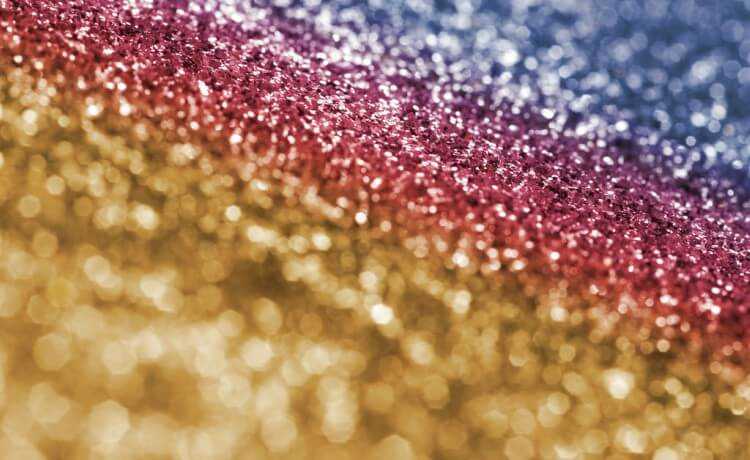Light pollution affects animals' natural cycle, researchers say
Insects and turtles are the biggest harmed by light pollution, but there is also an influence on human behavior

The night life of human beings, especially in big cities, has had a strong impact not only on people's routines, but also on the lives of other animals that also inhabit planet Earth (although sometimes we forget). The biggest problem is that our night life comes with high light pollution, whose greatest impact is on breaking the circadian cycle and other functional cycles of animals. An article published in Yale Environment 360, the electronic journal of the Department of Forestry and Environment at Yale University, USA, gathers some data on the impact of light pollution on animals.
According to the author, Paul Bogard, 30% of vertebrates and more than 60% of invertebrates are nocturnal beings, and all are at risk of suffering the impacts of light pollution. Astronomer Fabio Falchi explains that artificial light levels are thousands of times higher compared to a nighttime environment without lamps. This luminosity, mainly from the urban poles, has been affecting the species' natural mating, migration, feeding and pollination processes, without them having time to adapt.
Leatherback turtles, for example, make their nests on the beach and when the hatchlings are born they are instinctively guided by the reflection of the light from the stars and the moon to head towards the sea. Unfortunately, a study carried out on Tobago Island, revealed that, instead of going to the sea, the puppies follow the lights of hotels and streets, and end up dying of dehydration, devoured by a predator, or even run over by cars. . Many birds, also attracted by artificial lights, leave their migratory course and die when they collide with human constructions, such as billboards, which also kill thousands of insects.
And don't think that human beings are off the harmed list, after all, we are animals too. Steven Lockley, of the Harvard Medical School's Division of Sleep Medicine, explains that, just as this type of pollution produces changes in the seasonal pattern of trees and in the reproduction of amphibians, it impacts us humans, the opposite of what was thought until the 80's.
Night light causes changes in sleep and confuses the circadian rhythm, which is the biological process which regulates body functions based on 24 hours, mainly determined by light variations. One of the biggest concerns is the amount of blue wavelengths contained in electronic devices and billboards, as this type of wavelength is recognized by our brain as a sign of a beautiful day with blue skies, which becomes an inconvenience in the medium of the night. Technologies such as LEDs (light emitting diode), have caused concern, because although they can be controlled and better directed, the light is stronger than ordinary light bulbs. Other studies also claim that high light exposure at night increases the risk of obesity, diabetes and cardiovascular disease.
Some measures are already being taken. In France, for example, from 1 am to 7 am, lights in stores and offices must be off, and lights on building facades can only be turned on after sunset. The aim is to reduce carbon dioxide emissions by 250 thousand tons per year, and, in addition, according to the French Ministry of the Environment, also to reduce the excess of night light, which, as we have seen, causes several problems for the health of ecosystems. Another very effective solution is the use of protectors on lamps, which allow the light to be directed, not sending the light to the sky anymore.

Still, light pollution continues to increase by 20% each year, mostly due to the association between safety and light, which is a relative measure, as high luminosity causes glare - which can prevent the person from having the criminal in sight.
In Brazil, the National Astrophysics Laboratory has prepared a handout that alerts and provides information about light pollution and ways to combat it. They present a "golden rule" that all of us should follow: "only light what you need and only for as long as you need to." So, next time, when leaving a room, don't forget to turn off the lights.
Check out the interesting animation by Olivia Huynh, which addresses the issue:










